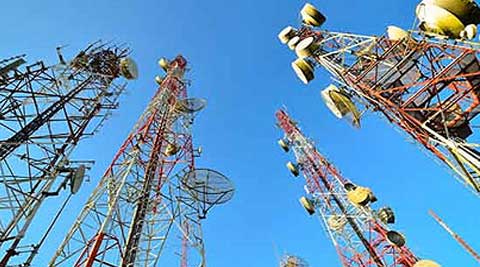Survey: 17 Percent of U.S. Households Are OTA-Only

NEW YORK—More and more folks are embracing over-the-air television. Recent findings from market researcher GfK indicate that 17 percent U.S. TV households rely on “broadcast-only” television reception, up from 15 percent in 2015. Concurrently 25 percent now have no cable and satellite reception.
“The fact that a statistically significant increase in broadcast-only reception occurred over just one year may be further proof that the cord-cutting/cord-never phenomenon is accelerating,” said David Tice, senior vice president in GfK’s Media & Entertainment practice. “If you include homes that have no TVs at all—about 3 percent of all households—then less than three quarters, or 73 percent, of U.S. homes continue to have pay TV service, with the attendant implications for all stakeholders—not just the pay TV services themselves, but also networks, content providers, and advertisers.”
The research, from GfK’s 2016 “Ownership and Trend Report” from The Home Technology Monitor, shows that 17 percent of U.S. TV households now rely on broadcast-only or over-the-air reception, up from 15 percent in 2015. Another 6 percent say they only use Internet services such as Netflix, Amazon Prime, Hulu, or YouTube and do not have traditional broadcast or pay TV reception at all; this compares with 4 percent a year ago.
Further, TV households with a resident between 18 and 34 years old are much more likely to be opting for alternatives to cable and satellite; 22 percent of these homes are using broadcast-only reception, versus 17 percent of all U.S. households, and 13 percent are only watching an Internet service on their TV sets, versus 6 percent of all TV homes. Overall, 38 percent of 18-to-34 households rely on some kind of alternative TV reception or video source, versus 25 percent of all homes.
On the other hand, households with at least one resident age 50 or above have higher rates of subscribing to cable or satellite services. More than eight in 10, or 82 percent, have some sort of pay TV subscription, versus 75 percent of all U.S. TV households. The difference comes almost exclusively in levels of cable subscription, with 46 percent of 50+ homes paying for cable reception, compared with a U.S. average of 41 percent.
Broadcast-only reception is more common in TV households earning under $30,000 per year—26 percent, versus 17 percent among all TV homes—and those with Hispanic residents—24 percent. Households with incomes of $50,000 a year or more post higher levels of satellite subscription—27 percent, compared to an average of 21 percent.
The study was conducted among 3,009 U.S. households, including representative levels of non-TV, non-internet, cell-phone-only, and Spanish dominant homes.
The professional video industry's #1 source for news, trends and product and tech information. Sign up below.
